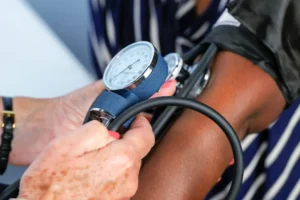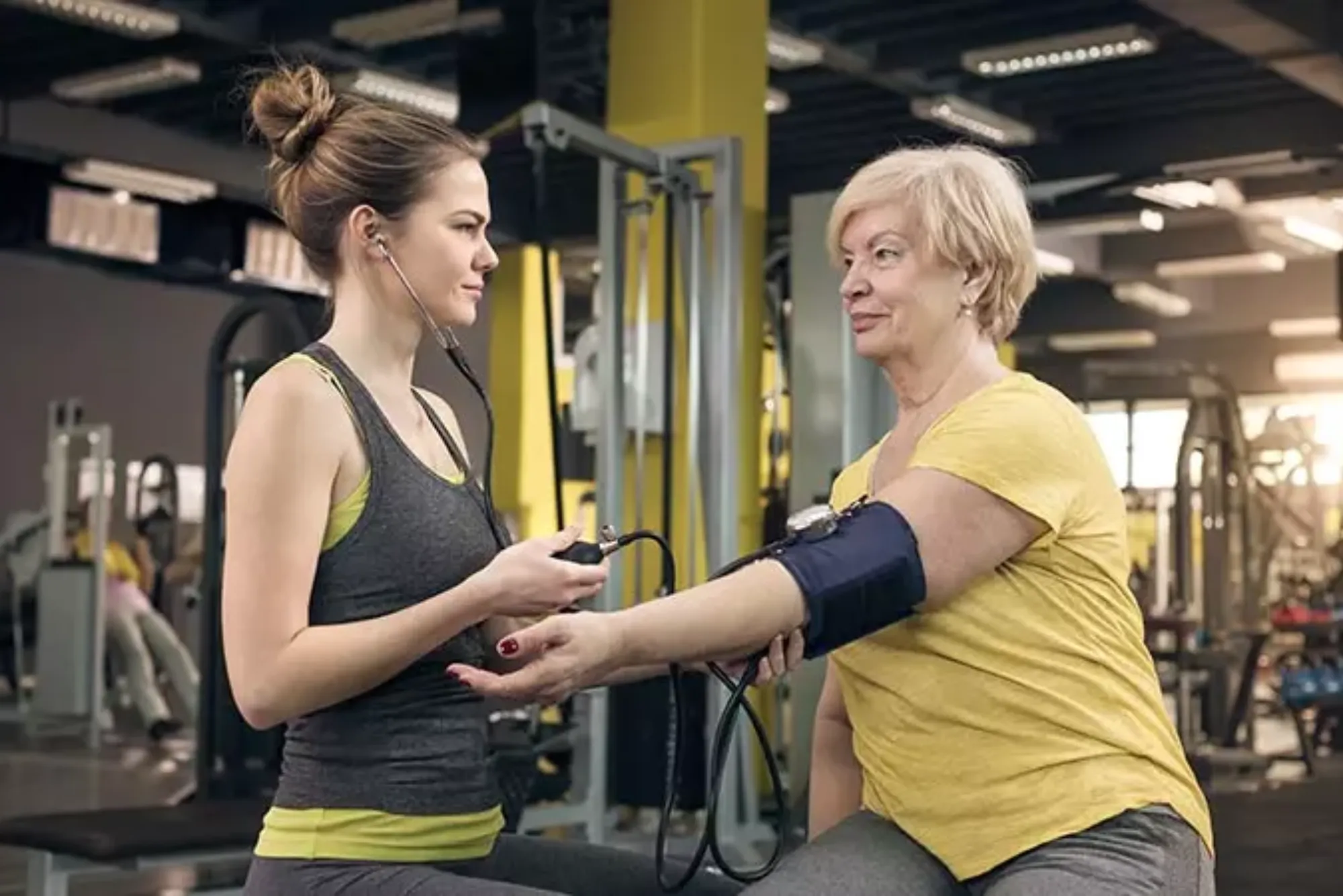
Blood pressure, the force exerted by circulating blood against the walls of blood vessels, is a critical indicator of cardiovascular health. Regular exercise is widely recognized as a cornerstone of a healthy lifestyle, but many wonder: does blood pressure increase during exercise? In this article, we delve into the intricacies of this relationship, shedding light on the effects of physical activity on blood pressure levels.
Understanding Blood Pressure
To comprehend the dynamics of blood pressure during exercise, it’s essential to grasp its fundamental components. Blood pressure consists of two measurements: systolic pressure, the force exerted when the heart contracts, and diastolic pressure, the force when the heart relaxes. A typical blood pressure reading is expressed as systolic over diastolic (e.g., 120/80 mmHg), with variations based on individual health and physiological factors.
Blood pressure serves as a vital indicator of cardiovascular health, reflecting the force exerted by circulating blood on the walls of blood vessels. To delve deeper into the dynamics of blood pressure during exercise, it’s essential to grasp its fundamental components and the physiological mechanisms involved.
Systolic and Diastolic Pressure:
Blood pressure is typically represented as two measurements: systolic pressure and diastolic pressure. Systolic pressure corresponds to the force exerted on blood vessel walls when the heart contracts during each heartbeat. It represents the peak pressure in the arteries and is the higher number in a blood pressure reading. Diastolic pressure, on the other hand, signifies the pressure in the arteries when the heart is at rest between beats. It reflects the minimum pressure in the arteries and is the lower number in a blood pressure reading. Together, these measurements provide insight into the health and efficiency of the cardiovascular system.
Normal Blood Pressure Range:
A standard blood pressure reading is expressed in millimeters of mercury (mmHg) and typically falls within a specific range. Normal blood pressure is commonly defined as a systolic pressure below 120 mmHg and a diastolic pressure below 80 mmHg, often denoted as “120 over 80.” However, blood pressure can vary based on factors such as age, gender, and overall health status.
Variations in Blood Pressure:
Blood pressure is not static and can fluctuate throughout the day in response to various stimuli. Factors such as physical activity, stress, posture, and hydration levels can influence blood pressure readings. Understanding these fluctuations and their underlying causes is crucial for interpreting blood pressure measurements accurately.
Regulation of Blood Pressure:
The body employs a sophisticated regulatory system to maintain blood pressure within a narrow range, ensuring adequate blood flow to vital organs while preventing excessive strain on the cardiovascular system. Key regulators include the autonomic nervous system, which controls heart rate and blood vessel dilation/constriction, as well as hormonal factors like adrenaline and aldosterone.
Impact of Exercise on Blood Pressure:
During exercise, the body’s demand for oxygen and nutrients increases, necessitating adjustments in blood flow and pressure. The cardiovascular system responds by accelerating heart rate, enhancing cardiac output, and redistributing blood flow to active muscles. Consequently, blood pressure rises to facilitate the delivery of oxygenated blood to working tissues. The magnitude of this increase depends on factors such as exercise intensity, duration, and individual fitness level.
Effects of Exercise on Blood Pressure
Engaging in physical activity prompts an immediate response from the cardiovascular system, often increasing blood pressure. This elevation serves a crucial purpose, facilitating the delivery of oxygen and nutrients to working muscles. During exercise, the heart pumps more vigorously, leading to heightened blood flow and temporarily elevated blood pressure levels. This phenomenon is particularly pronounced during activities that demand higher intensity or prolonged duration.
Factors Influencing Blood Pressure Response to Exercise
Numerous factors influence how blood pressure responds to exercise. Intensity and duration play pivotal roles, with more vigorous activities typically eliciting greater increases in blood pressure. Additionally, an individual’s baseline fitness level and overall health status contribute to their blood pressure response. Age, weight, and existing medical conditions such as hypertension can also impact how the body regulates blood pressure during exercise.
Benefits of Exercise on Blood Pressure Management
While exercise may transiently elevate blood pressure, its long-term effects are overwhelmingly positive. Regular physical activity is associated with improved cardiovascular health and enhanced blood pressure regulation. Aerobic exercises like walking, jogging, or swimming, along with resistance training, have been shown to lower blood pressure over time. Moreover, holistic approaches such as Sedona yoga and meditation retreats offer additional benefits by promoting relaxation and stress reduction, which can further aid in blood pressure management.

Managing Blood Pressure During Exercise
For individuals with hypertension or cardiovascular concerns, it’s crucial to approach exercise with caution. Consulting with a healthcare professional before initiating an exercise regimen is advisable. Incorporating proper warm-up and cool-down routines can help mitigate sudden spikes in blood pressure, while regular monitoring ensures safety and effectiveness. Aster Al Nahda Sharjah provides comprehensive fitness facilities and expert guidance, offering a supportive environment for individuals seeking to manage their blood pressure through exercise.
In, the relationship between exercise and blood pressure is complex yet vital for overall health and well-being. While physical activity may initially raise blood pressure, its cumulative benefits far outweigh transient fluctuations. By understanding the mechanisms at play and adopting a balanced approach to exercise, individuals can harness its power to optimize blood pressure levels and promote cardiovascular health. Embracing a lifestyle that prioritizes regular exercise, complemented by holistic practices like sedona yoga and meditation retreats, lays the foundation for a healthier, happier life.

